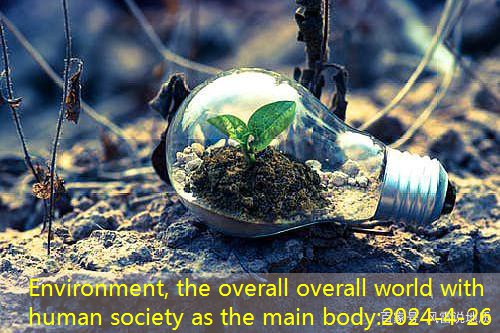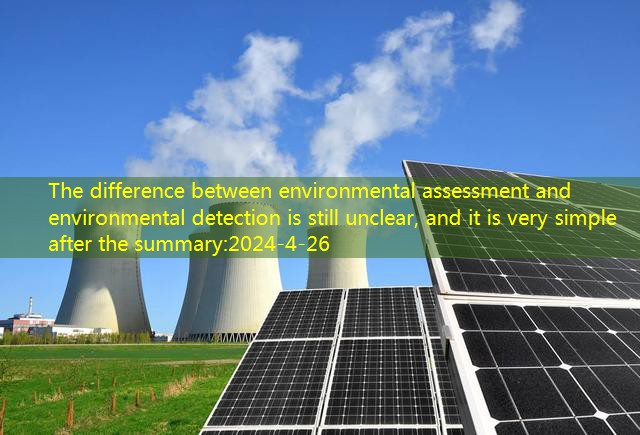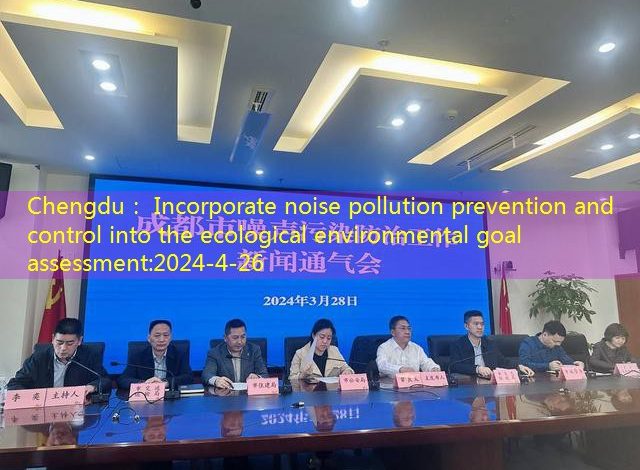
Environment, the overall overall world with human society as the main body
1. The definition of the environment
For environmental science, the environment refers to “the overall overall world with human society as the main body.”That is, it refers to the direct or indirectly influencing of human survival and social development that humans have recognized.It includes many factors that have not been transformed by human beings, such as sunlight, air, land, soil, soil, water body, natural forests and grasslands, wild creatures, etc., Port, highways, railways, airports, gardens, etc.so,The environment referred to in environmental science is an environment for human survivalEssence

ENVIRONMENT is usually undertood to mean the surface. AFFECTS An Organism During ITS LIFETIME. From a Human Perspective, Environmental Issues Involve Concerns About Science, Nature, Health, Employment,Profits, POLITICS, ETHICS, and Economics.

The general discussion is a natural environment, which can be divided into: living environment; geographical environment; geological environment; cosmic environment.The environment of environmental global chemistry research mainly refers to the geographical environment, which refers to the four geochemical systems that are closely related to human survival activities, namely atmospheric systems, water systems, soils and biological systems, and surface rock rings systems.

Native environment or first environment (environment of nature):Refers to the natural environment formed by the Earth’s own formation process and subsequent long -term geological history, and its basic composition elements formed under the action of various geological strength.The material component characteristics and structural characteristics of this type of environment are naturally formed.

The pollution environment is also the second environment (the environment of human cause):Refers to the transformation caused by human production activities and social life to the natural environment, which has caused its original component characteristics and structural characteristics to change violent and even quality, forming a new environment that is not completely synchronized with the original natural environment.
2. Environmental elements
Environmental elements refer to the basic factor that constitutes the independent, different nature of the human environment as a whole.It can be divided into two types: natural environmental elements and artificial environmental elements.The environmental elements mentioned here refer to the former, including water, atmosphere, soil, rocks, creatures and sunlight.Features of environmental elements: 1) minimum limit law; 2) equivalent; 3) the sum of the overallness is greater than the sum of each body;

3. Environmental quality, environmental capacity and environmental effects
1) Environmental quality
Refers to the appropriateness of some elements of the environment or generally to the development of human or socio -economic development in a specific environment.
Environmental capacity
Refers to human survival and natural environment without being harmed, the environment may accommodate the maximum load of pollution substances.
2) Environmental effect
Refers to the phenomenon and consequences of the environment under the action of environmental elements.
3) Environmental characteristics
a) Platerality; B) Limitation; c) Irregularity; d) hidden nature; e) continuity; f) Disaster amplification.
Disclaimer:
The article published by the Baijia “Wind and Thunder Story” indicates the source of the material.The copyright is owned by the original source (the copyright cannot be verified or the fact that the source is collected from the journal papers).The reprint article is only for the purpose of public welfare science publicity. If it violates the interests of the original author, or the text of the original author does not want to be reprinted, please leave a message in the background in time to respect your opinions, thank you!This number is marked with the word “original” article.
For academic issues, please leave a message to discuss!
Welcome to reprint and indicate the reproduction place!
Report/feedback



